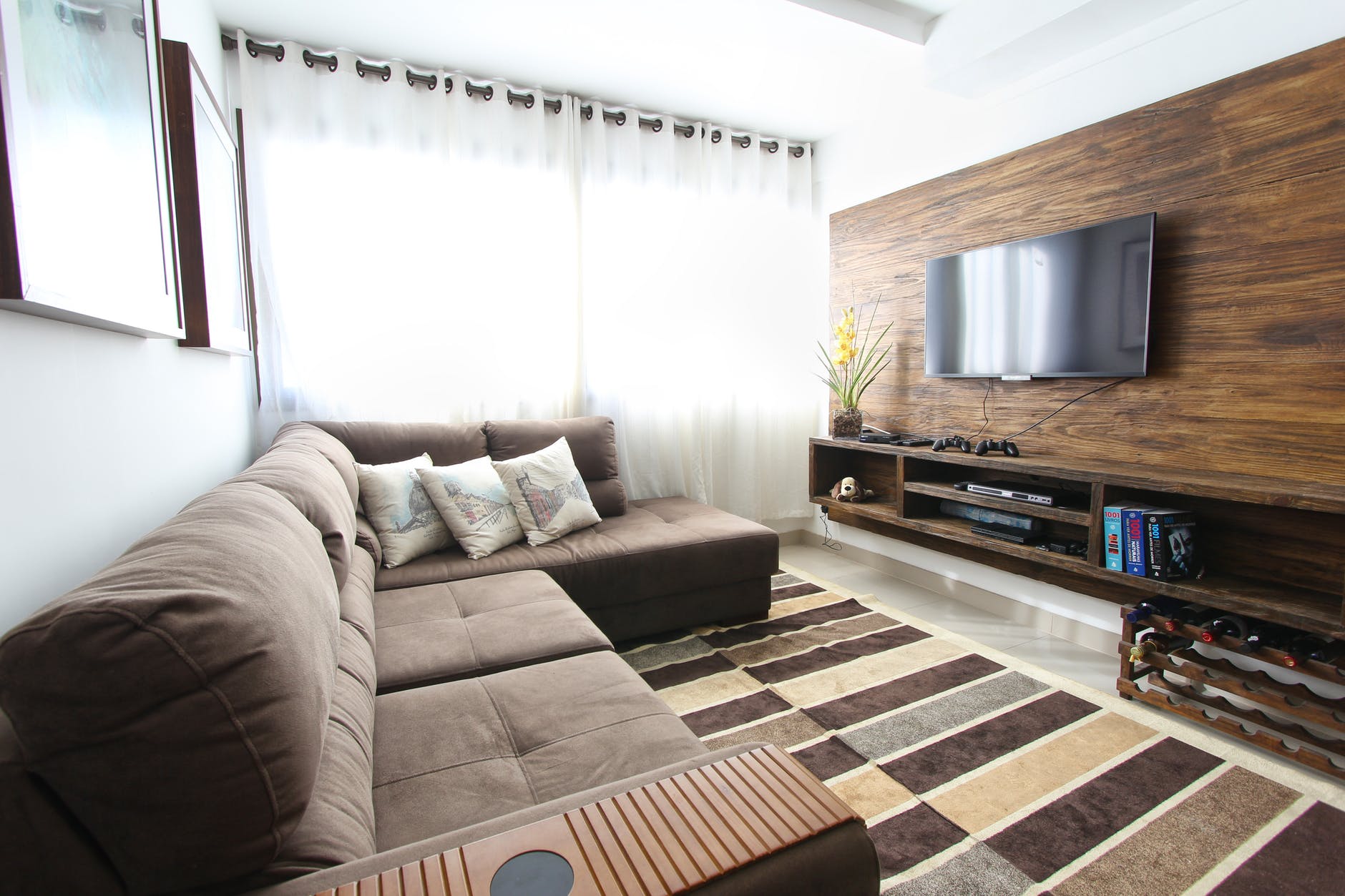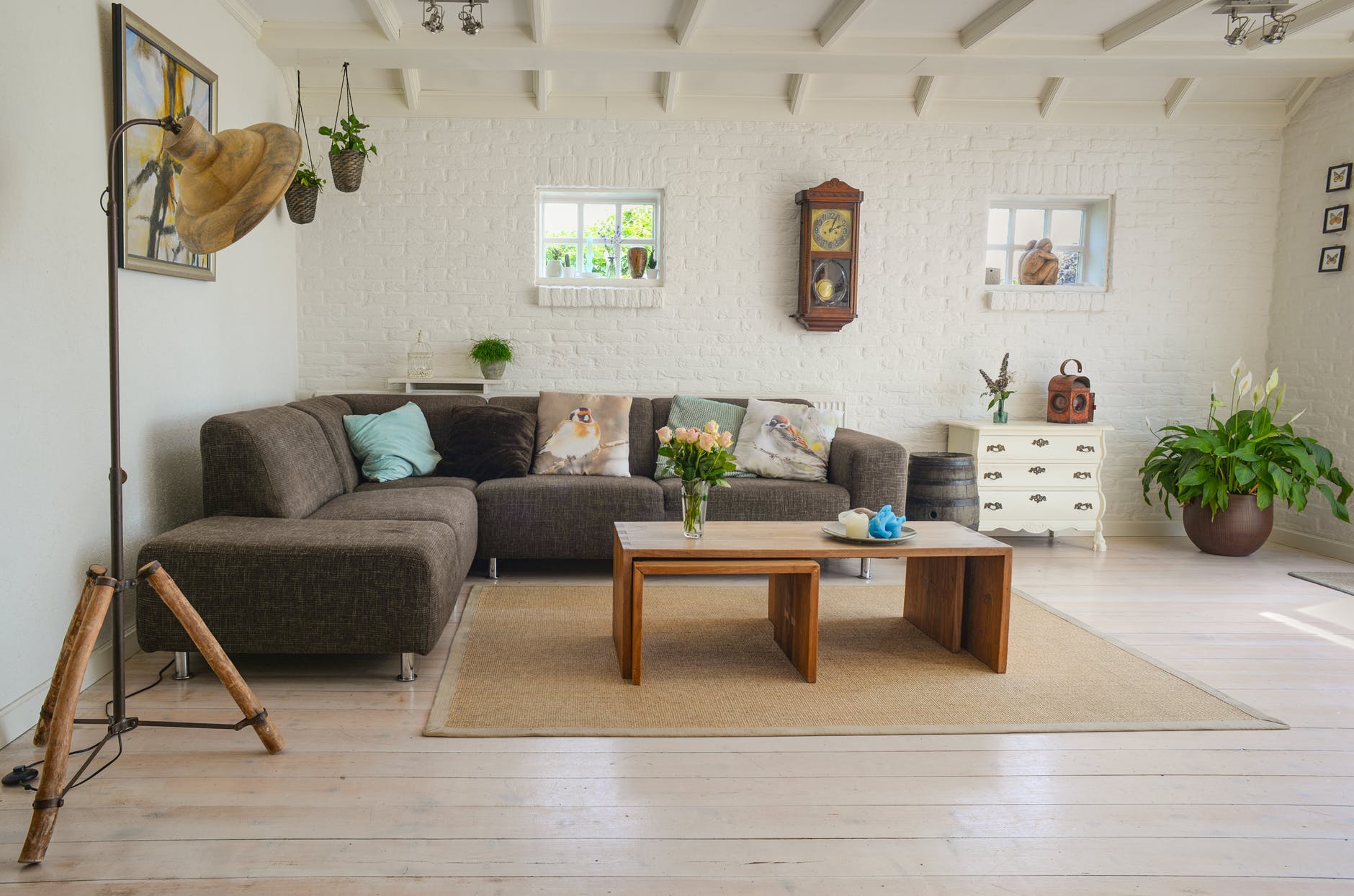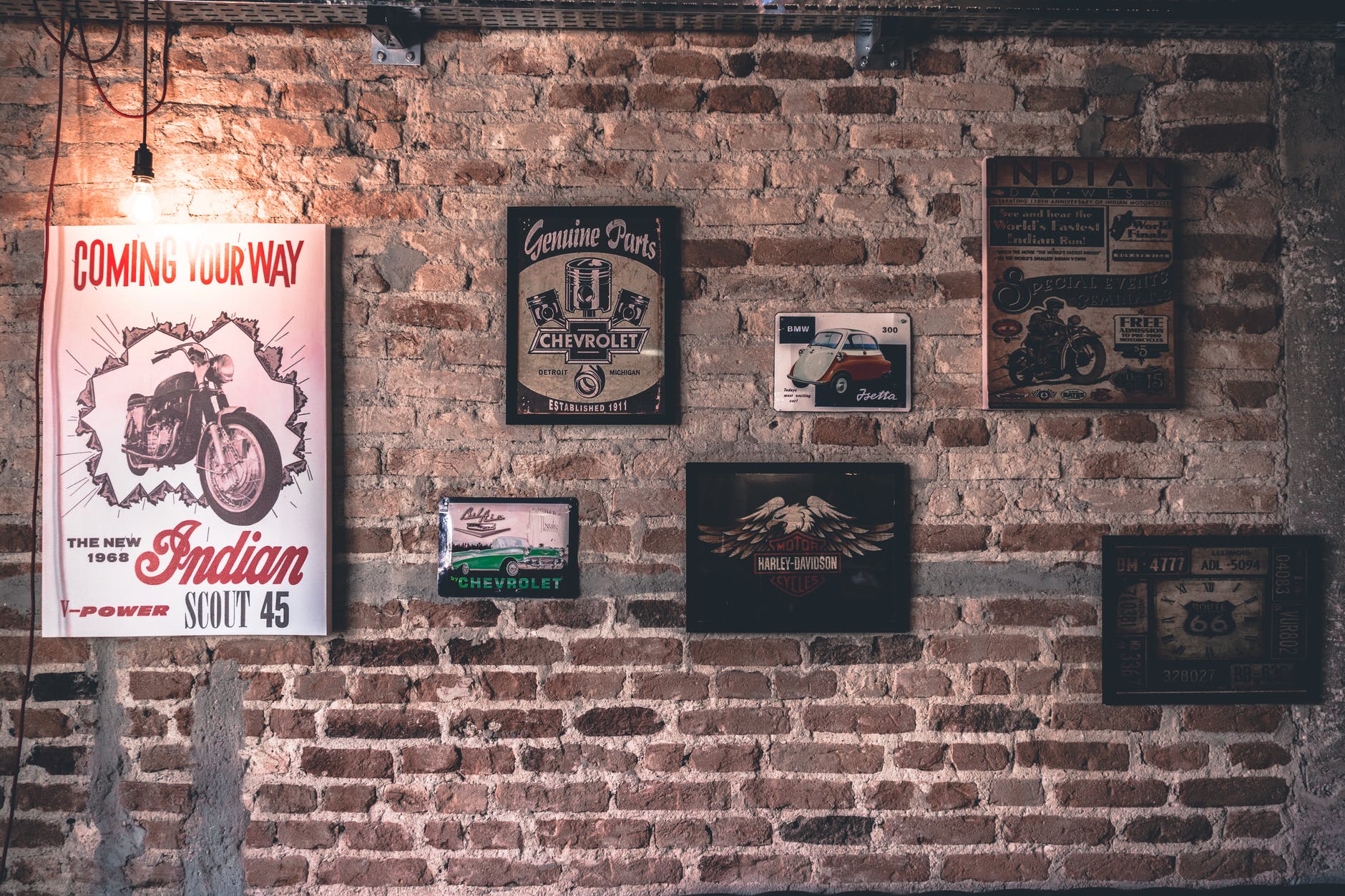Industrial style is a popular trend in interior design that is inspired by the old factories that have being turned into living spaces. It has become popular in the 2000’s, and is still being a matter of interest. Why is the thing that makes this style different? In opposite of the other styles, it proudly displays what they are desperate to hide. It is all about having that “unfinished” look, but in a modern way. The goal of the designer is to create a “warehouse”, while incorporating raw materials. Read on and find out more about the key elements of Industrial Interior Design!
Key elements of Industrial Interior Design
This style embraces different textures, that will add visual interest to the space. The industrial materials such as concrete, metal,and wood, work well into creating a sleek interior with a masculine note.
Lighting
Eye-catchy pendant fixtures with simple industrial design are a must. Industrial pendant lighting is the ultimate accessories that will add a modern note in the space. You can decorate the space above the dining table, kitchen island, living room, with one or group of three.
Exposed pipes
Old factories did not pay attention to aesthetics at all, so there was no need to hide anything. That’s how exposed piping has become a part of the Industrial Interior Design. The building’s structural elements do not need to be hidden at all. If you want to bring this in your home the easy way, you can go for furniture that is made out of pipes.
Wood texture
Industrial style loves a mixture of unfinished textures. And here, the wood is a common element. Wooden flooring in old factories experienced wear and tear, so that’s why weathered wood is something that you will see through industrial interiors. On the other hand, it will add warmth to the sterile looking environment. The rough wooden texture can be implemented in form of furniture.
Exposed brick walls
Since everything that looks rough and unfinished is welcomed, we can leave some space for exposed brick walls. With their warm colors, they will certainly bring charm to the cold and uninviting industrial spaces. A brick accent wall would be a nice addition for any Industrial Interior Design.
Concrete
Another material that enjoys huge popularity is concrete. And it needs no covering when we talk about industrial design. The gray color will blend into the space, while bringing a contemporary and sleek look. It can be used for flooring, or even kitchen countertops. If this is not for you, then you can never go wrong with adding concrete details. The ones that love DIY-ing can even make their own decor, as concrete is cheap and easy to work with.
Metal
From steel countertops, to metal chairs and copper details, metal is an element that is present across the space. Feel free to add details and mix different metals to manipulate the look.


